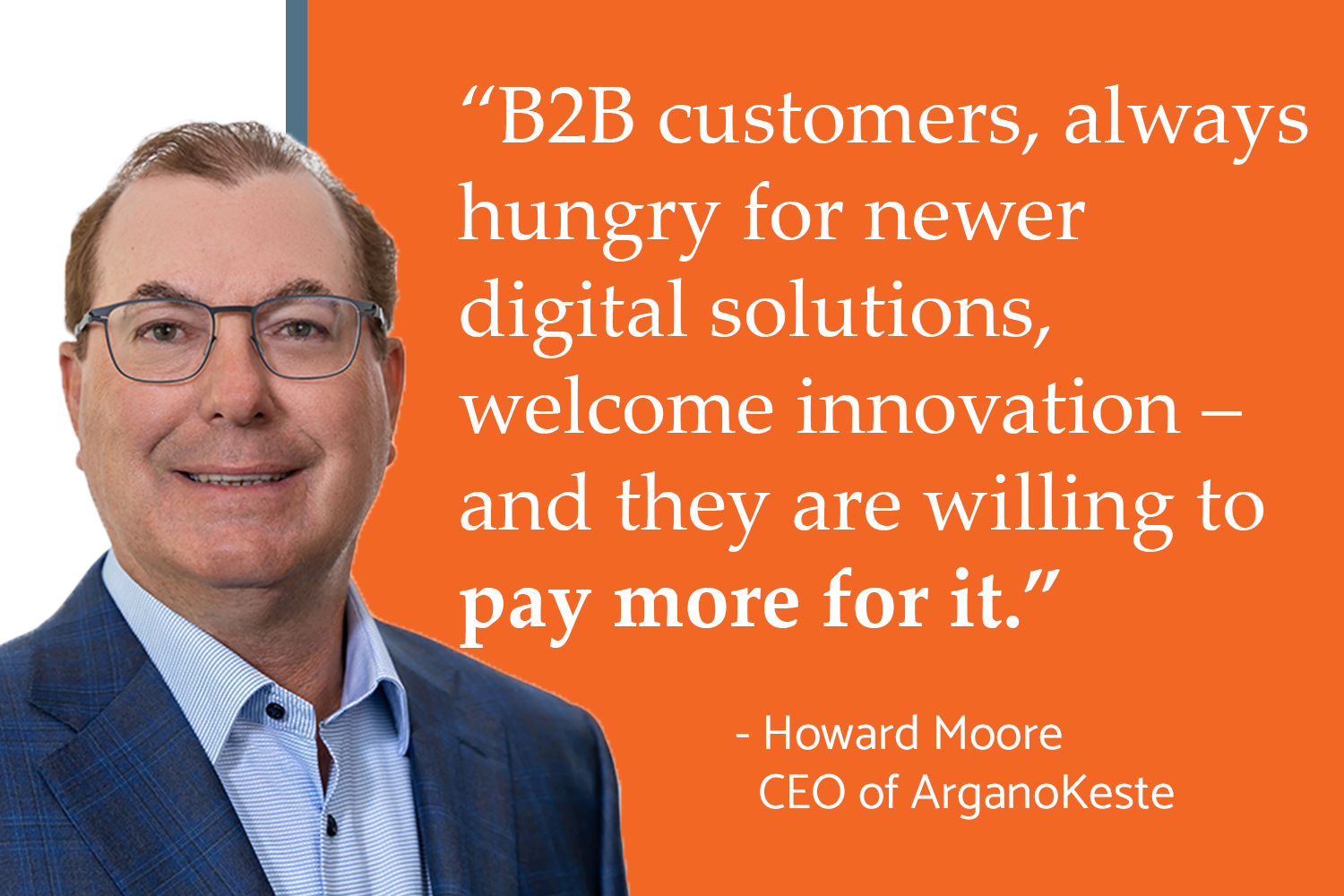What makes a smart brand in today’s digital world?
Simply put, a smart brand is one that focuses on providing a quality digital experience for everyone, regardless of market or industry. It is a brand that recognizes the need for both a comprehensive, consistent buying experience and for a way to support sellers to increase revenue and market share. It is a brand which realizes that, despite the varied mix of tools and processes required, there are really just four basic principles to follow:
– Be free with accurate information: A system’s value is directly proportional to the amount of information that it can provide. Buyers often conduct most of their research without salespeople involved and want a comprehensive, accurate, and easily-navigated digital catalog.
Sales reps want to know what’s trending, where to find the inventory, and possibly the entire buyer history. They want accurate, near real-time data about pricing, delivery dates, and inventory location, along with valuable discovery tools like comparison and recommendation engines that provide buyers and sellers with timely, relevant information. The more information a system provides each side, the more valuable they will find it.
Automating the quote to order process, and order to fulfillment means that order data remains accurate and available at all times.
– Provide multiple channels for active communication: The ability of the digital sales process to keep the buyer and seller connected is equally as important as the power to automate and self-serve. In the B2B world where large and complex sales are routine, buyers want to know that they have the support and expertise of a personal sales rep who understands the business. In the B2C world, buyers tweet and expect a quick official response. Different channels, different response required. What isn’t different? The need to make communications between buyers and sellers easy, available, and on the channels that their markets most prefer.
Implementing technology to help guide buyers at their convenience 24/7 or soliciting buyer feedback to refine the sales process and/or offerings can have a dramatic effect on maintaining clear, effective communications.
– Promote relationship building: Consistent, quality interactions over time build a relationship and through that relationship, loyalty. One way to accomplish this is by providing ongoing personalized experiences using the right information, communication strategies, and tools to create a rewarding environment that makes somebody want to stick around.
Centralizing data from various sources in the orders system, from CRM to fulfillment, ensures that the right information gets served up at the right time.
– Minimize friction to close: Having a complex sale is no excuse for having a complex ordering experience. Empowering buyers with a low-friction close is the digital equivalent of selling past the “yes.” In fact, the company that makes the ordering process easy during a complex sale can be the real differentiator that attracts buyers away from the competition. Why? The easier a digital buying and selling system makes every step, from selection to pricing to buying, the better the experience. Conversely, if the actual digital order and payment process is too difficult, brands will lose sales.
Implementing tools, such as a Configure, Price, and Quote (CPQ) system, will provide a one-stop shop that streamlines the sales experience, shortening the sales cycle and making for a satisfied buyer.
Every buyer-seller experience today includes, at least in part, a digital experience, and the ratio of offline to digital commerce is only going to continue to grow towards the digital side of the equation. Incorporating these digital principles into the buy/sell relationship will do more than make the sales and ordering process more efficient. They will enable brands to make the sales process into a value-added proposition that can – and will – maximize a buyer’s lifetime value to their bottom line.
Request a demonstration with Keste today to learn how you can automate your sales process, which solution is best for you, and how to make CPQ an integral part of your business.








